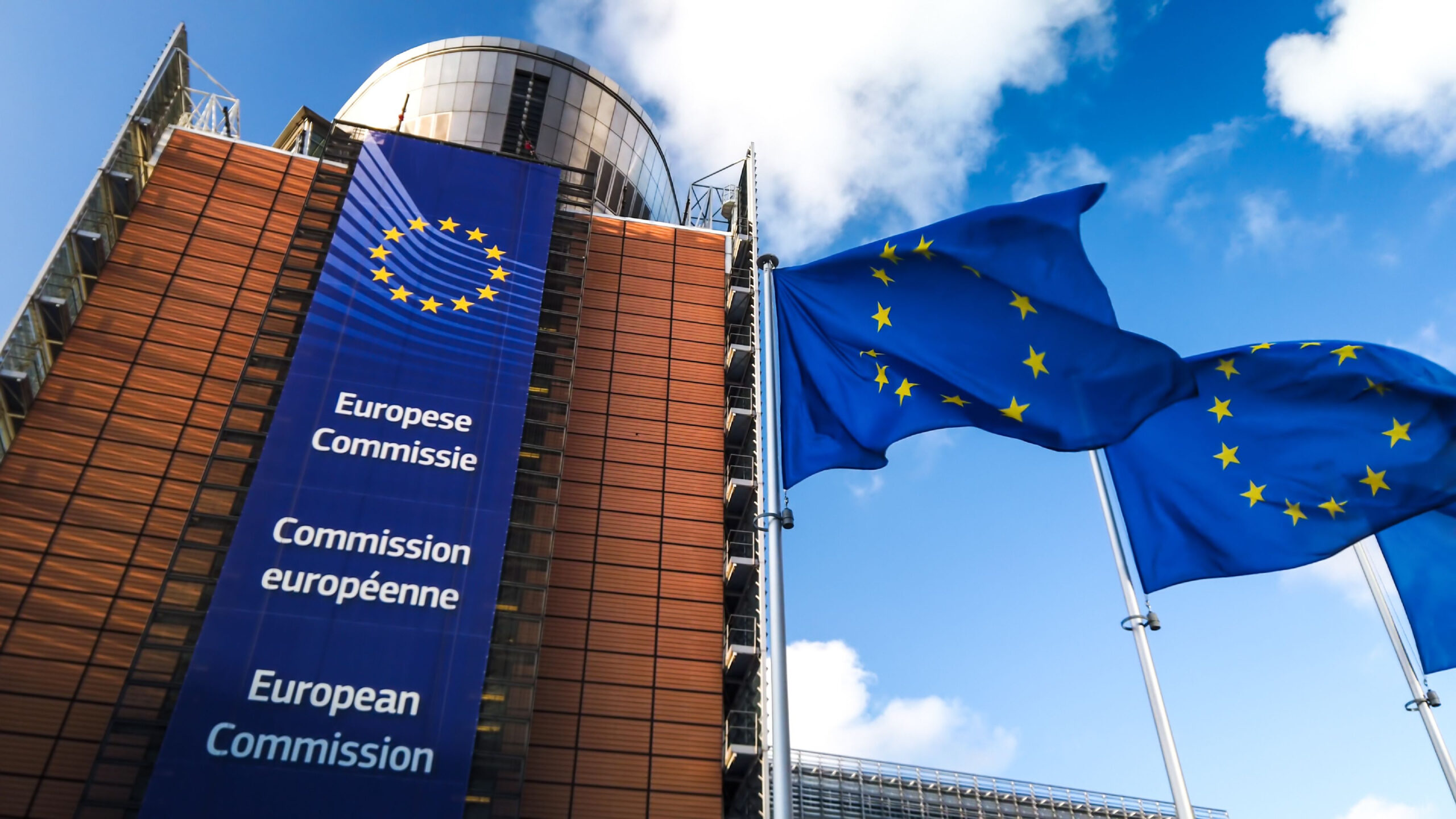Digital Markets Act: Mastering the Art of Proper DMA Enforcement

Main takeaways
- One-size-fits-all DMA compliance solutions simply do not exist
- Enforcement should be based on the DMA’s objectives, but also look at the broader policy and regulatory context, including fundamental rights
- Proportionate DMA enforcement will provide certainty and clarity to all involved
In less than 40 days, tech and digital companies designated as so-called ‘gatekeepers’ under the EU’s Digital Markets Act (DMA) will have to comply with a long list of new obligations and prohibitions. These firms are currently tweaking their compliance solutions, so it is the right moment to reflect on the principles that should guide DMA enforcement and compliance assessment going forward. Because once the 7 March compliance deadline arrives, the DMA should deliver on its promise of benefiting all digital market players and EU consumers.
1. Respect diversity
As things stand now, several companies will have to comply with the DMA in relation to the same type of service they offer, for example: intermediation services (such as online marketplaces and app stores), operating systems, and social networks. While those were grouped together under categories, each service is unique. They might share similarities, but all operate in a certain way and have distinct characteristics setting them apart.
That is why it is so important for the DMA enforcer (i.e. the European Commission) to keep those differences in mind when assessing the DMA compliance solutions deployed by each gatekeeper-designated company in relation to their respective service. The enforcer should definitely not require the implementation of one ‘universal solution’ to a specific problem by all companies in relation to the same designated type of service.
Let’s take an example from everyday life to illustrate this point. Imagine that two neighbourhoods in the same city face traffic congestion during rush hour. One is located in the city centre, while the other is an industrial estate on the outskirts of town. However, the city council decides to go for the easiest solution and buys the same off-the-shelf traffic management system for both. The traffic light settings are hardcoded and can’t be changed.
The suburban neighbourhood has wide roads and hardly any pedestrians. Yet, the traffic lights at pedestrian crossings stay green for 30 seconds regardless of whether any people cross, resulting in even more bottlenecks. The city centre has a dense network of narrow streets with high pedestrian traffic, making the system useless as there is not enough time for all waiting pedestrians to cross the street, resulting in congestion on the pavement.
As this example shows, a one-size-fits-all approach hardly ever works. Each neighbourhood requires a tailored solution that considers its unique characteristics, traffic patterns, and the needs of its residents. And exactly the same applies to the DMA.
If the Commission would start prescribing one-size-fits-all compliance solutions to gatekeepers this could very well negatively impact the functioning of designated services. This, in turn, would result in a worse user experience and might disincentive companies from developing upgrades or new services and products.
Enforcers pushing for compliance solutions that are not individually tailored to specific businesses could also negatively impact the contestability of the digital market – which, let’s not forget, is what the DMA aims to achieve. Services might be forced to become more alike, or forced to abandon features that set them apart from their competitors, such compliance ‘solutions’ – would thus result in less choice for consumers.
2. Avoid silo thinking
It is clear that any DMA compliance solutions should contribute to fostering the DMA’s main objectives: contestability and fairness. At the same time, however, it is important to stress that the DMA does not exist in isolation. Indeed, when assessing gatekeepers’ compliance, the Commission should take into account other EU policy and regulatory goals. Think, for example, of undistorted competition and the preservation of an open market economy with free competition favouring an efficient allocation of resources, privacy, security, safety, protection of intellectual property, and consumer protection.
Gatekeepers’ DMA compliance efforts should also be evaluated in the context of fundamental rights, such as the freedom to conduct business, and ensuring that freedom is not being limited or undermined. Why does this matter, you might wonder? Without giving proper consideration to the broader legislative and policy context – after all, the DMA’s effectiveness is also intertwined with various other factors – unintended consequences may arise for both consumers and businesses, such as: less legal certainty, excessive red tape, a worse or less safe and secure user experience, or a waste of business resources.
To mitigate such negative consequences, it is crucial for the enforcer to consider the broader policy and regulatory landscape when assessing gatekeepers’ compliance with the DMA. This will help to ensure coherence and effectiveness of the DMA to the benefit of all stakeholders.
3. Ensure fair and just treatment
As I previously argued, any enforcement action based on the DMA should respect the key EU principle of proportionality. That is, enforcement should not go beyond what is strictly necessary to achieve the goals of the DMA. It’s as simple as that.
What’s there to lose? Well, overzealous DMA enforcement by the Commission could harm the competitiveness of digital markets. When a designated company is required to do more than actually required by law, it is forced to spend more resources on it than anticipated or necessary, and could be forced to give up on other projects or investments. This would hit consumers in different ways: higher prices of products / services, reduced choice, lower quality, or simply less innovation in the future.
Proportionate enforcement, on the other hand, will ensure that individuals and companies are treated fairly and justly. It helps to avoid unintended consequences that may arise from disproportionate actions and adds clarity to the rules for everyone involved.
Most importantly, also in relation to what I explained above, proportionate enforcement means being flexible and adjusting rules based on the specific situation and new realities. It’s about understanding that each situation is different and responding accordingly, instead of using the same approach to compliance for everything and everyone.
Conclusion
For the DMA to be successful, the Commission should ensure that any compliance assessment takes into account the significant differences between gatekeepers and their services, as well as the broader regulatory context and the key principle of proportionality. After all, these gatekeeper-designated companies not only need to comply with the DMA, their designated services are also impacted by many other EU rules.
Compliance solutions are currently being put in place by designated gatekeepers for the March 7 deadline. In this context, it is crucial to acknowledge the amount of work and resources that goes into DMA compliance, particularly given the complexity of these rules and the short timeframe for their implementation. Finally, we should all keep in mind that compliance does not end on March 7, it will remain work in progress before and after the upcoming deadline.








